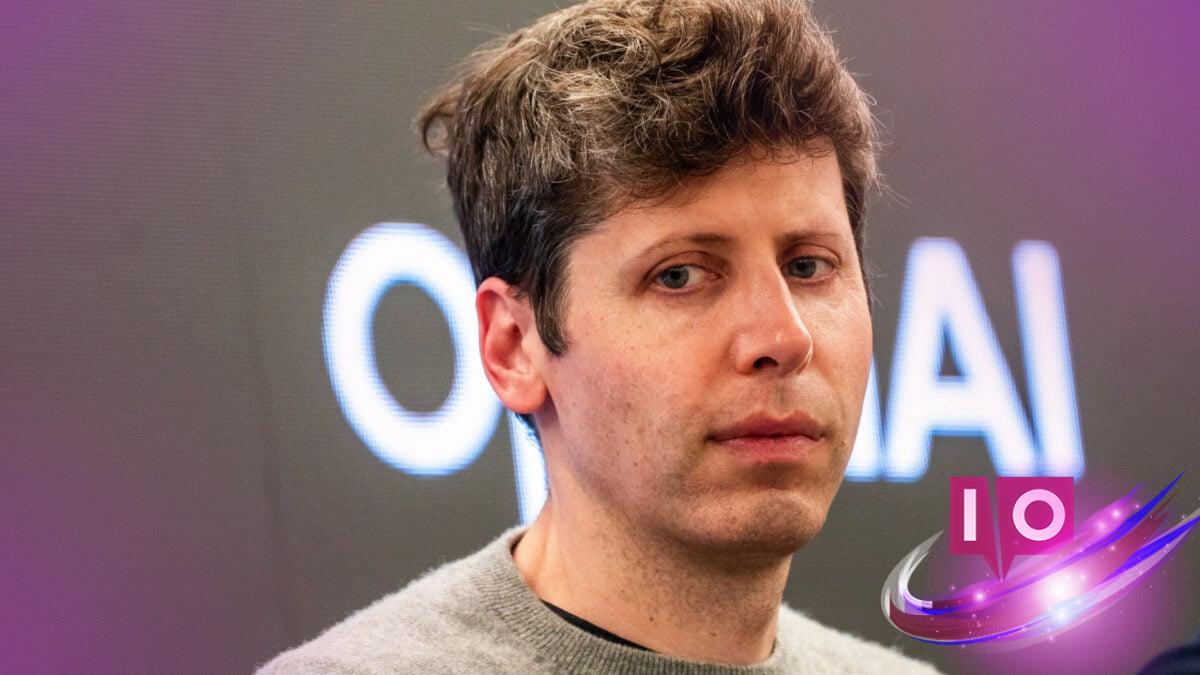OpenAI’s DevDay 2025 unveiled exciting advancements in vibe coding that could redefine your development approach. With over 800 million weekly active users engaging with ChatGPT, OpenAI showcased innovative tools during its annual San Francisco event, including the capability to build applications directly within ChatGPT. This feature promises “mature experiences” as soon as age verification methods are established, paving the way for a more versatile coding environment.
As OpenAI aims to transform ChatGPT into a comprehensive frontend development ecosystem, the company introduced its new Apps SDK (Software Development Kit). This tool enables developers to integrate third-party applications seamlessly. In a compelling demonstration, ChatGPT collaborated with Zillow to create an interactive map of homes for sale in Pittsburgh, showcasing the robust capabilities of this new technology. Users can generate tools with these third-party apps and preview the results directly within ChatGPT.
OpenAI has made the Apps SDK immediately accessible for its Free, Go, Plus, and Pro plans. Initial support is provided for well-known platforms like Booking.com, Canva, Coursera, Figma, Expedia, Spotify, and Zillow, with future support planned for DoorDash, OpenTable, Target, and Uber. For now, users can only create and utilize apps in a preview mode, but OpenAI intends to allow developers to submit their apps later this year, establishing a directory for sharing vibe-based innovations.
There are still numerous details to unpack regarding the Apps SDK. CEO Sam Altman indicated that monetization guidelines will also be forthcoming. Additionally, plans for “mature experiences” are on the horizon. According to OpenAI’s App developer guidelines, apps must cater to general audiences, including users aged 13 to 17, and should not explicitly target those under 13. However, OpenAI plans to roll out support for adult-only experiences (18+) as soon as appropriate age verification systems and controls are ready.
In response to a serious incident involving a wrongful death lawsuit from a family impacted by interactions with ChatGPT, the company has implemented age verification tools. These measures will transition underage users to a stricter ChatGPT environment. Once the company finalizes these important details, it looks set to broaden its range of functionalities, inviting adult users to enjoy more comprehensive services.
Alongside the Apps SDK, OpenAI also launched its AgentKit API, which allows users to create their own AI-driven tools. This significant upgrade extends the capabilities of OpenAI’s existing agent system, originally designed for autonomous web navigation to complete user-assigned tasks.
Continuing with the vibe coding theme, AgentKit’s standout feature is its Agent Builder, which offers a visual interface for programming AI agent functions. Altman likened this feature to Canva, making it accessible for novice users or those with minimal technical backgrounds.
Can developers really create applications easily within ChatGPT? Absolutely, with the new Apps SDK, developers of all skill levels can integrate applications into ChatGPT to enhance their coding capabilities.
What future enhancements can users expect from OpenAI’s tools? OpenAI plans to roll out monetization options and features supporting adult-oriented experiences as development progresses.
How will OpenAI ensure user safety while expanding functionality? The company is currently implementing age verification measures to regulate interactions effectively and responsibly.
What types of applications can be integrated with ChatGPT? Initially, users will have access to popular platforms like Canva and Expedia, with plans for more integrations down the line.
The developments from OpenAI hold immense potential for both novice and experienced developers looking to engage with AI in innovative ways. As they refine these tools and introduce new features, it’s an exciting time for anyone interested in the future of coding. Stay informed about further enhancements and explore more about these developments at Moyens I/O.
